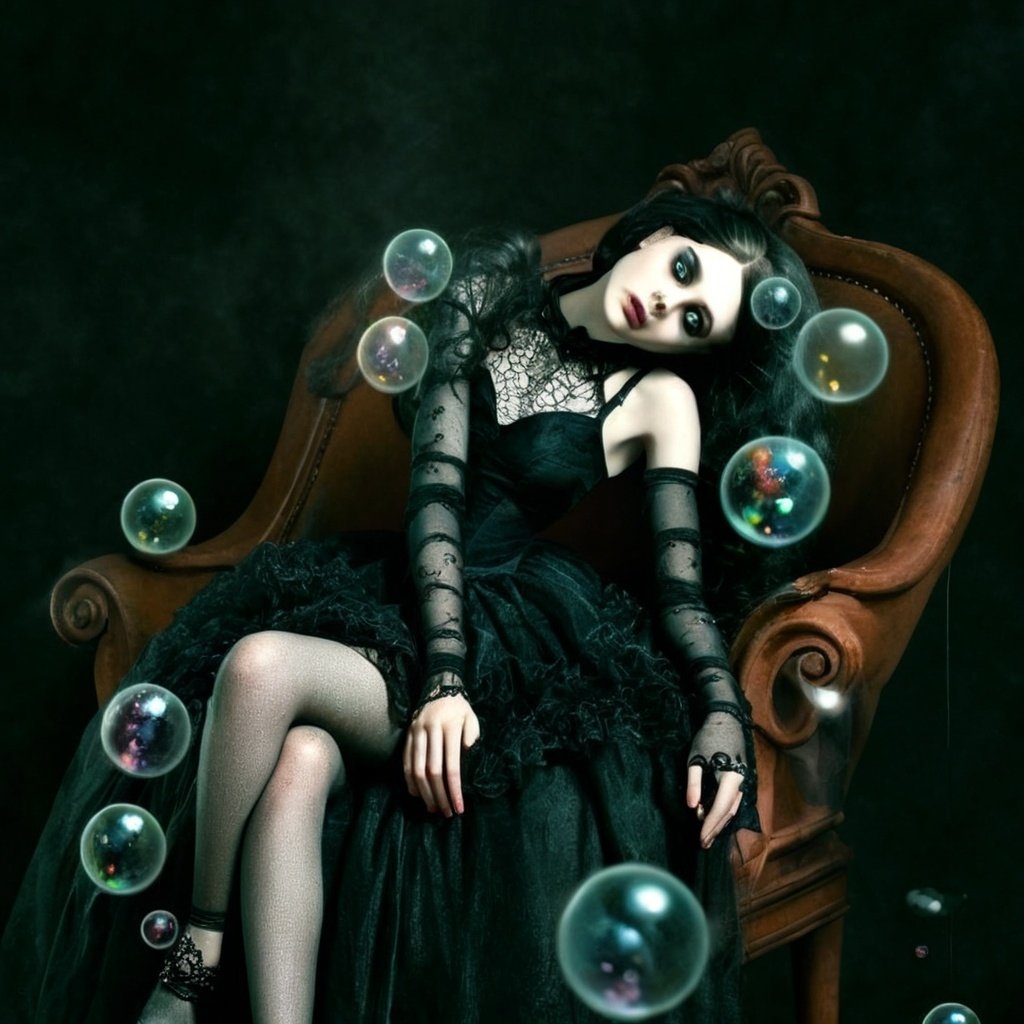Demystifying AI: A Tool, Not a Threat
Artificial intelligence, or AI, has been a big deal lately, causing people to feel both amazed and spooked. Some folks see AI as a sign of progress, while others think it's trouble. This contrast is especially noticeable in creative fields like art, photography, and design, where AI is sometimes seen as a bad guy ready to take over human skills. But that's not really the case. AI is just another tool in the pocket — if we use it right, it can actually make our creative skills even better.
The Myth of the One-Click Wonder
Many people think making art with AI is as easy as pressing a button, but that's not true. While AI tools can make some things easier, they're not just a simple one-click-and-done solution. Let's talk about what it's really like to use AI in creative work.
The Learning Curve
First, using AI tools is a journey of learning and understanding. Just like mastering a camera or becoming proficient in Photoshop, learning to use AI tools involves a steep learning curve. You need to grasp the algorithms, parameters, and best practices to achieve the desired results. It's not instant; it takes time, dedication, and a lot of patience.
The image Guidance:
The Prompt:
<mymodel> Portrait photography. Hyper realistic. Unreal engine. Overhead light. And defused light from the left. Nikon D6 camera with 35mm lens at 2/f. 3:2 ratio. Create a dramatic, gothic portrait of a young woman with dark hair. She has dandelion fluff delicately scattered in her hair and gently clinging to her face. The expression is serene yet intense, with a black background that enhances the dark, gothic aesthetic. The lighting is moody, with high contrast to emphasize the features and the ethereal dandelion details.
Scale: 7 Steps: 25 to 40
The result:
Creative Input and Judgment
AI can create images or suggest edits, but the artist is the one who brings the creativity and makes the decisions. Selecting the right prompts, refining the generated outputs, and determining what to keep and what to discard are all human tasks. AI is a helpful assistant but can't replace the artist's unique vision or creativity.
Post-Processing and Editing
Once the AI has done its thing, that's when the real work kicks in. It involves spending hours doing post-processing and editing in software like Photoshop. It is more than just slapping on filters or making minor tweaks; it often means tackling complex tasks that require a sharp eye and a deep understanding of the creative process. A big part of post-processing is combining multiple images to create a seamless final piece. But it's more challenging than it sounds. You must often know how to effectively blend 2-5 (or even more) images. This process needs a good grasp of composition, perspective, and lighting to ensure the combined images look natural and go well together. Most importantly, it requires the ability to 'see' which images can be combined to get the desired effect.
Embracing AI as a Creative Partner
Instead of considering AI a threat, it's better to see it as a helpful partner for creativity. Like how photographers started using digital cameras, and designers switched to graphic tablets, AI is the next cool thing in the evolution of creative tools.
Enhancing Efficiency
AI can handle repetitive tasks, allowing artists to focus on the more nuanced aspects of their work. For instance, AI can quickly sort through thousands of images to find the best shots or suggest color palettes based on the mood you want to convey. This efficiency means more time for creativity and experimentation.
Expanding Possibilities
AI is opening up a whole new world of unimaginable possibilities. It can help create awesome visual effects, generate ideas, and even suggest compositions that push the boundaries of traditional art. By exploring these cool new things, artists can expand their horizons and find new ways to express themselves.
Conclusion
The artist is an artist at everything. Regardless of the tools they use, their creativity, vision, and skills remain at the heart of their work. Like any other tool, AI simply extends their capabilities, enhancing their ability to create and innovate. It doesn't diminish the artist's role but empowers them to explore new frontiers and achieve greater heights.












